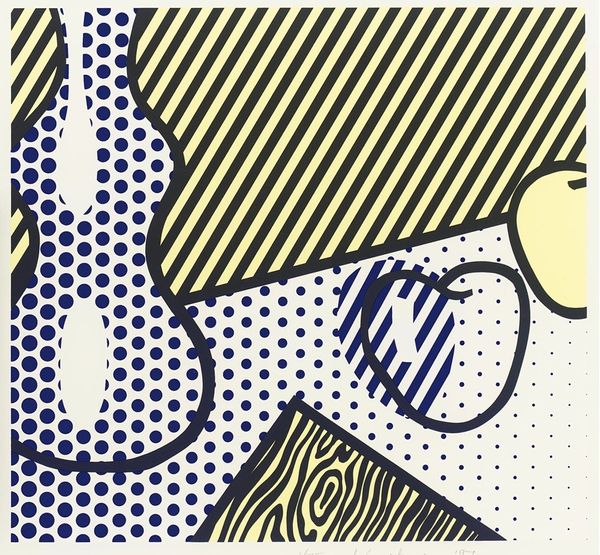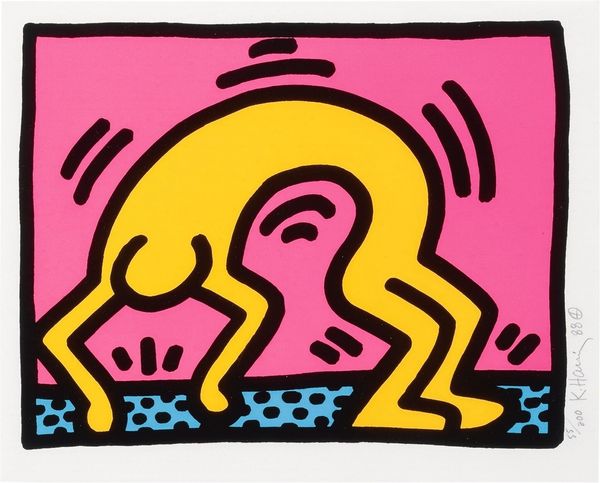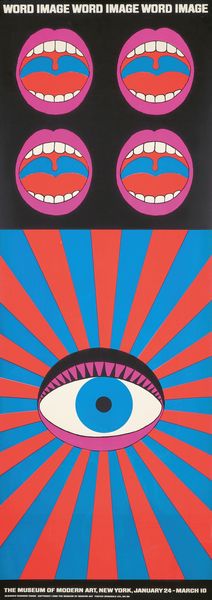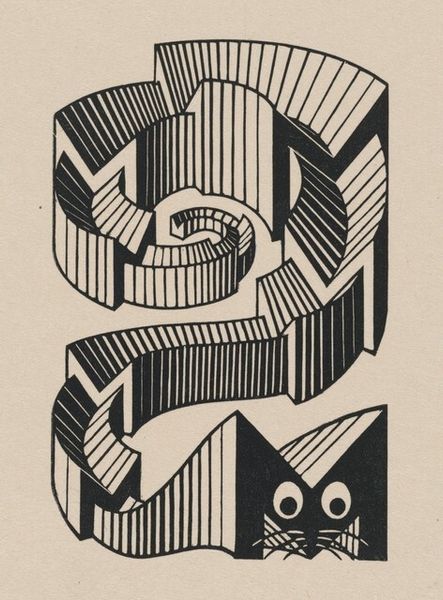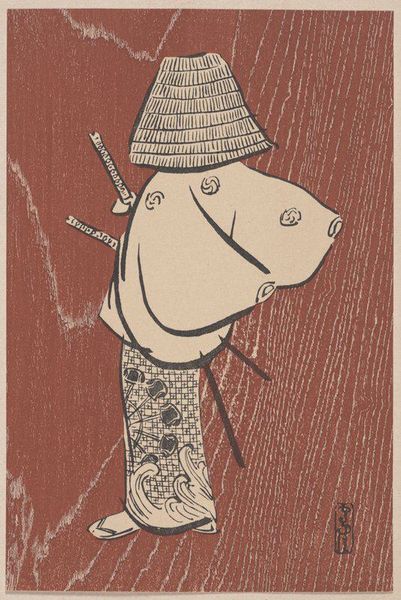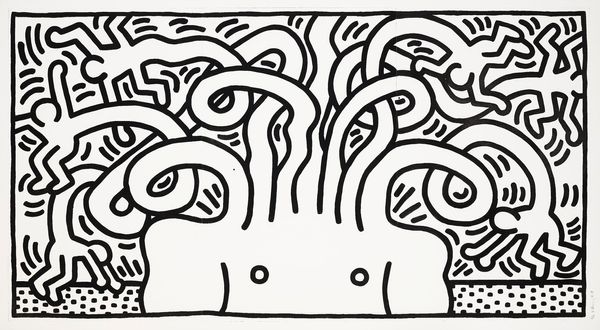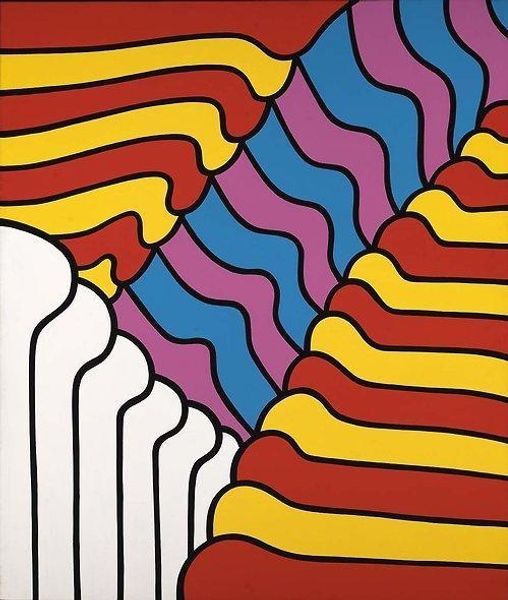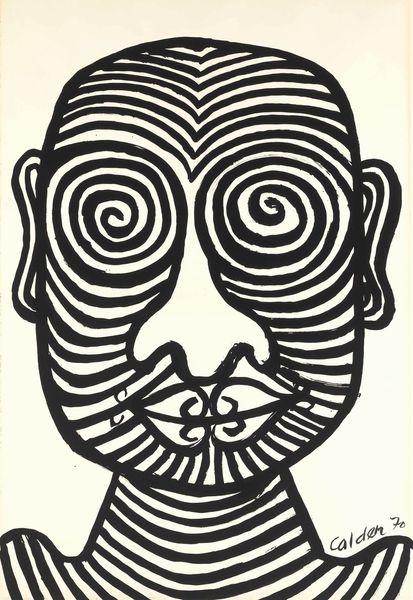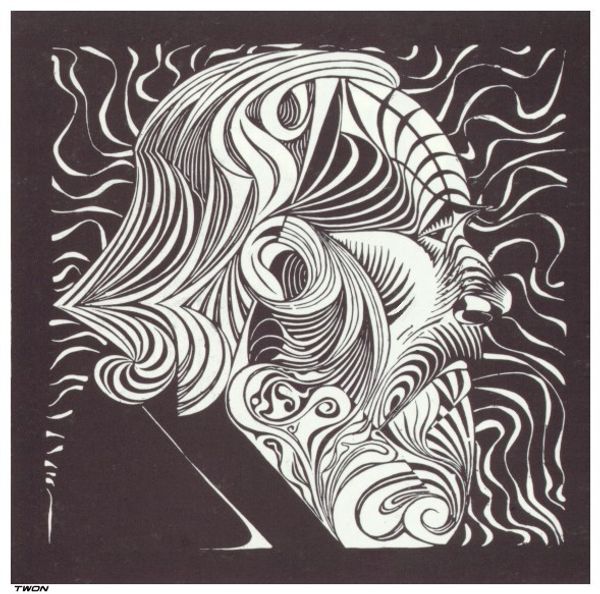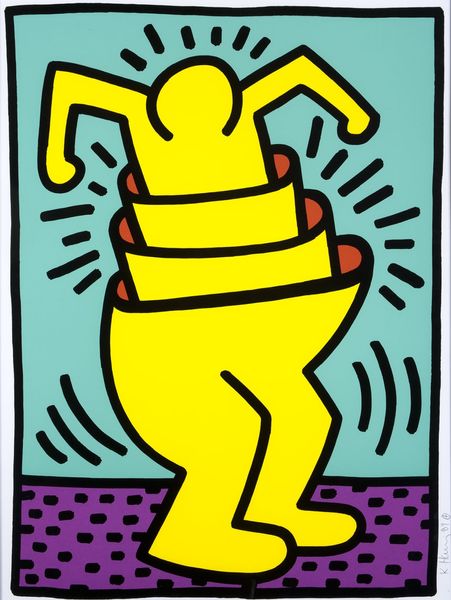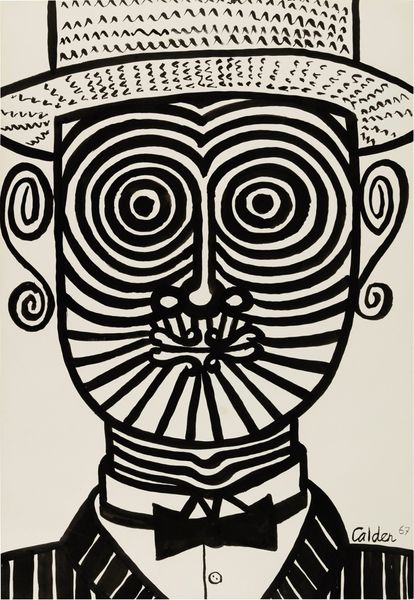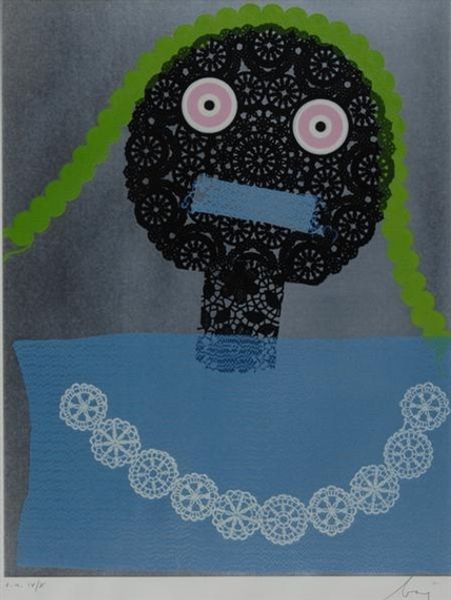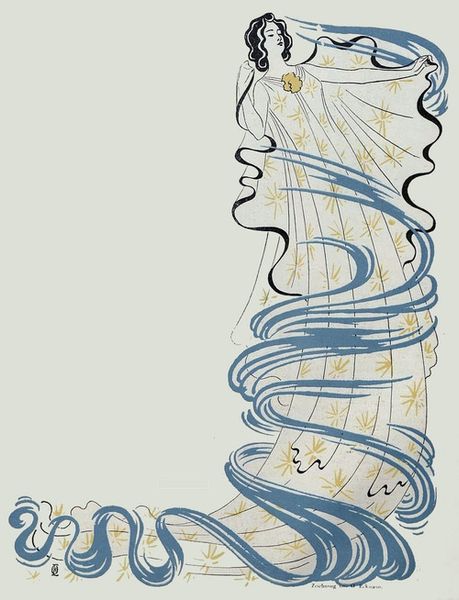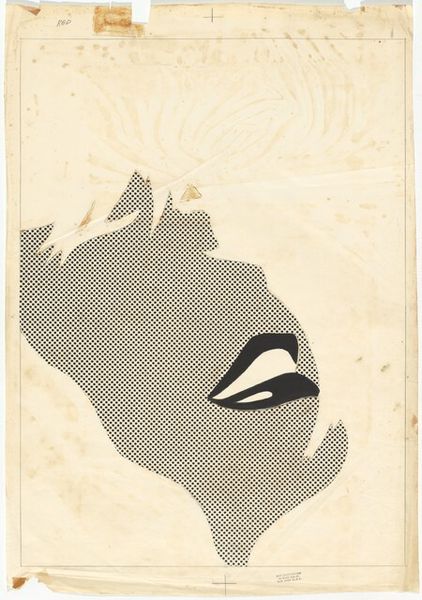
# print
#
figuration
#
geometric
#
pop-art
#
line
#
chicago-imagists
Dimensions: sheet: 8.89 × 13.97 cm (3 1/2 × 5 1/2 in.) image: 8.26 × 13.02 cm (3 1/4 × 5 1/8 in.)
Copyright: National Gallery of Art: CC0 1.0
Curator: I find something utterly charming about Philip Hanson's "False Image Postcards" from 1968. It's a print, immediately recognizable with that Pop Art sensibility. Editor: It reminds me of a dream sequence in a quirky indie film—fuzzy, a little surreal, with this insistent, almost comic-book flatness. Like seeing the world through slightly warped lenses. Curator: Yes, there's a distorted, simplified clarity, right? Hanson plays with this—he’s questioning the relationship between representation and reality. Think about postcards: idyllic snapshots of places or events. And here, we have this figure gazing—or being gazed upon—through…mirrored seas? It really shakes the viewer to question objectivity in art, and even how artists create or share their art. Editor: Exactly, and this feels deeply ingrained within its era. Remember, 1968 wasn't exactly known for rose-tinted glasses! Politically, culturally...society was reconsidering every institution, every system, including how we communicate ideas through images. That title, "False Image Postcards", drips with subversive intent. Curator: Right, because the style flattens the image but also creates visual impact. The stark lines, the ben-day dots—they become this almost suffocating framework. There’s figuration, sure, but with an abstract lean; this person is so un-detailed, it's difficult to place who they are, almost becoming this blank canvas, this…vehicle for the message itself. Editor: Absolutely. And thinking about the social function of Pop Art itself – its embrace of the "everyday", the mundane… Hanson uses these postcards to turn that idea back on itself. He is not necessarily using it for a specific person, or landscape; rather to challenge what that image represents and question. It's deceptively simple, and in its apparent lightness, quite sharp. Curator: I completely agree. There's something almost painfully relevant about it still. The ways in which media, the world, even our memories are filtered... that is still going on. This simple piece of print manages to catch that moment with incredible potency. Editor: A mirror reflecting not necessarily reality, but the very act of reflection. A fitting, albeit unsettling, thought for the visitor to carry.
Comments
No comments
Be the first to comment and join the conversation on the ultimate creative platform.
